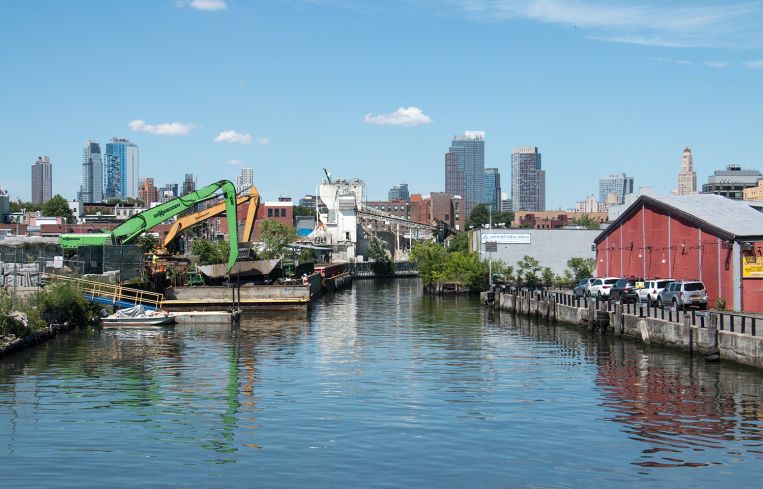Gowanus Rezoning Could Include New Space for Artists, Light Manufacturing
By Rebecca Baird-Remba December 16, 2020 6:42 pm
reprints
While the city prepares to rezone a broad swath of industrial Gowanus for mixed-use residential development, Councilman Brad Lander has pushed for a novel provision that gives developers of new residential buildings the option to set aside a small amount of space for artists, light manufacturing and community groups, he told Commercial Observer.
The new rule, dubbed “Gowanus Mix,” will give owners of roughly 50 sites on or near the Gowanus Canal a small square-footage bonus if they set aside about 5 percent of their building for arts, light manufacturing and community groups, according to Lander. Developers are not required to do so, but they will forego the square footage if they do not use it. The additional space must be used for a narrowly defined range of artisan and arts uses, and it cannot be used for retail or typical office space.
The proposal is unique because it encourages light manufacturing in residential buildings, which was forbidden when the city’s current zoning code was written in 1961. The city developed a somewhat similar framework for the Williamsburg industrial zone a few years ago, by allowing developers of office buildings there to build additional square footage if they set aside a portion of the building for manufacturing.
The goal, Lander said, is to keep Gowanus as “a creative and mixed-use place. The neighborhood will be more mixed-use than it would be than if the [development] was all residential.”
The set-asides are equivalent to 0.2 or 0.3 FAR (floor area ratio) and apply to properties with as much as 6 FAR total. If a property has 6 FAR, that means a developer can construct a new building that is six times the size of their lot.
If all 50 potential sites are developed, the incentive could produce as much as 340,000 square feet of new light industrial space, Lander’s office said.
The rezoning, which will enter the city’s Uniform Land Use Review Procedure (ULURP) in January, is expected to produce about 8,000 new units of housing — of which 3,000 will be income-restricted — in the Brooklyn neighborhood.
The “Gowanus Mix” set aside is part of a larger effort to preserve light manufacturing and arts uses in Gowanus, where art studios have slowly given way to hotels and offices in many former industrial buildings. Lander is also working with the Department of City Planning on a “vision plan” with potential zoning changes for the industrial business zone (IBZ) in Gowanus, which is not being rezoned under the city’s current proposal.
His office is negotiating with Monadnock Construction, which is building its new headquarters in the IBZ, to set aside some of its new building for light manufacturing and arts uses. He hopes to strike similar deals with other Gowanus commercial landlords, including the owner of the landmarked Old American Can Factory, which is currently home to artist studios.
Lander said he was determined not to let the perfect be the enemy of the good when it came to preserving light manufacturing in the neighborhood.
“Would we like something that functioned with a below-market rent obligation?” he asked. “Would we like something that required a steward obligation? Of course. What was more likely to happen was nothing at all. I think what will happen is that these owners will work with local steward organizations and that will be appealing to them.”



